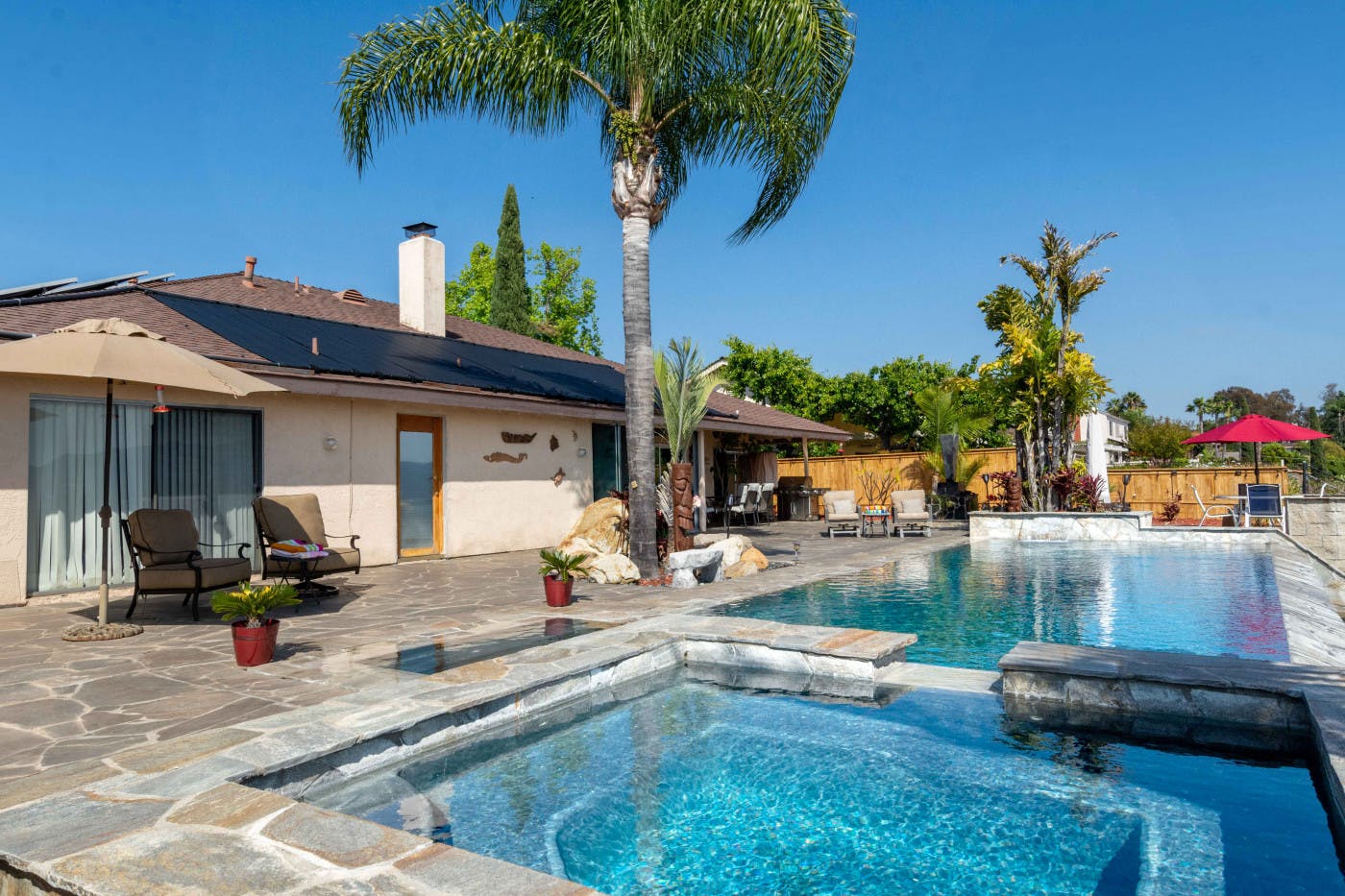
How to Effectively Reduce Cyanuric Acid Levels in Your Pool: A Step-by-Step Guide
Share
As a pool owner, youve likely encountered the term 'cyanuric acid' a time or two. Knowing how to effectively reduce cyanuric acid is essential not only for maintaining beautiful, clear water but also for ensuring the overall health of your pool system. Elevated cyanuric acid levels can hinder the effectiveness of chlorine, leading to complications in pool maintenance.
This article aims to provide you with detailed steps on managing and lowering cyanuric acid concentrations in your pool. Whether youre a passionate pool owner or a tech-savvy individual, this comprehensive guide will equip you with practical insights for immediate implementation, regardless of your expertise level.

What is Cyanuric Acid and Why is It Important?
Cyanuric acid is a common chemical used in outdoor swimming pools. Its primary function is to stabilize chlorine, protecting it from breaking down too rapidly under the sun's rays. While this characteristic is advantageous, excessively high levels of cyanuric acid can lead to significant problems.
When the concentration of cyanuric acid rises too high, it impairs chlorine's ability to sanitize the water effectively. This can result in murky water and an increased risk of bacterial growth, making it critical for pool owners to know how to lower cyanuric acid levels promptly.

Identifying High Cyanuric Acid Levels
Wondering if your cyanuric acid levels are on the high side? Look out for these signs:
- Cloudy water
- Increased algae formation
- Trouble maintaining chlorine levels
If you spot these indicators, its time to test your cyanuric acid levels and take appropriate action.

How to Test for Cyanuric Acid Levels
Before addressing the issue, youll need an effective testing method. Many test kits are on the market specifically designed for measuring cyanuric acid levels, or you can take a sample to a nearby pool store for analysis. Ideally, you want your levels to maintain a range of 30 to 50 ppm (parts per million) for optimal conditions.

Ways to Reduce Cyanuric Acid in Your Pool
Once you identify that the cyanuric acid levels are too high, its time to take action. Here are several common methods for reducing cyanuric acid levels:
1. Dilution Method
The simplest way to lower cyanuric acid is by diluting your pool water. You can do this by:
- Draining some of the existing pool water
- Refilling it with fresh water
Consider the weather conditions and evaporation rates; it might be more practical to drain and refill after heavy rain.
2. Utilizing Chemical Reducers
If draining isnt feasible, you might want to look into specialized chemical reducers that can effectively reduce cyanuric acid levels. Products that contain:
- Sodium thiosulfate
- Hydrogen peroxide
should be used carefully by strictly adhering to the manufacturer's guidelines.
3. Regular Pool Water Testing
Establish a consistent schedule for testing your pool water. Using testing strips or kits will enable you to keep a close eye on both chlorine and cyanuric acid levels, giving you early warnings of any imbalances before they escalate.
4. Optimize Your Pool Maintenance Routine
A well-maintained pool can naturally help keep cyanuric acid levels in check. Ensure you regularly perform upkeep tasks including:
- Cleaning filters
- Brushing pool walls
- Skimming off debris
This proactive approach not only extends the lifespan of your pool but also helps maintain balanced chemical levels.
Frequently Asked Questions
What is the optimal cyanuric acid level?
The recommended range for cyanuric acid in pools is typically between 30 to 50 ppm. Levels exceeding this range can decrease chlorine effectiveness.
Can I reduce cyanuric acid levels without draining my pool?
Yes, using specialized chemical reducers is an option; however, draining is generally the most effective approach.
How frequently should I test my pool water?
Its advisable to test your pool water at least once a week, especially during peak swimming months.
Conclusion
Managing cyanuric acid levels is vital for sustaining excellent water quality and enhancing the longevity of your pool equipment. By applying the methods discussed above, you can ensure a clean and safe swimming environment.
For further insights on pool care, you can explore articles like how much chlorine to add or how to lower pH. Remember, continuous care and vigilant monitoring are key aspects of effective pool management. For more in-depth instructions on pool cleaning, visit this guide.
As an Amazon Associate, I earn from qualifying purchases.
